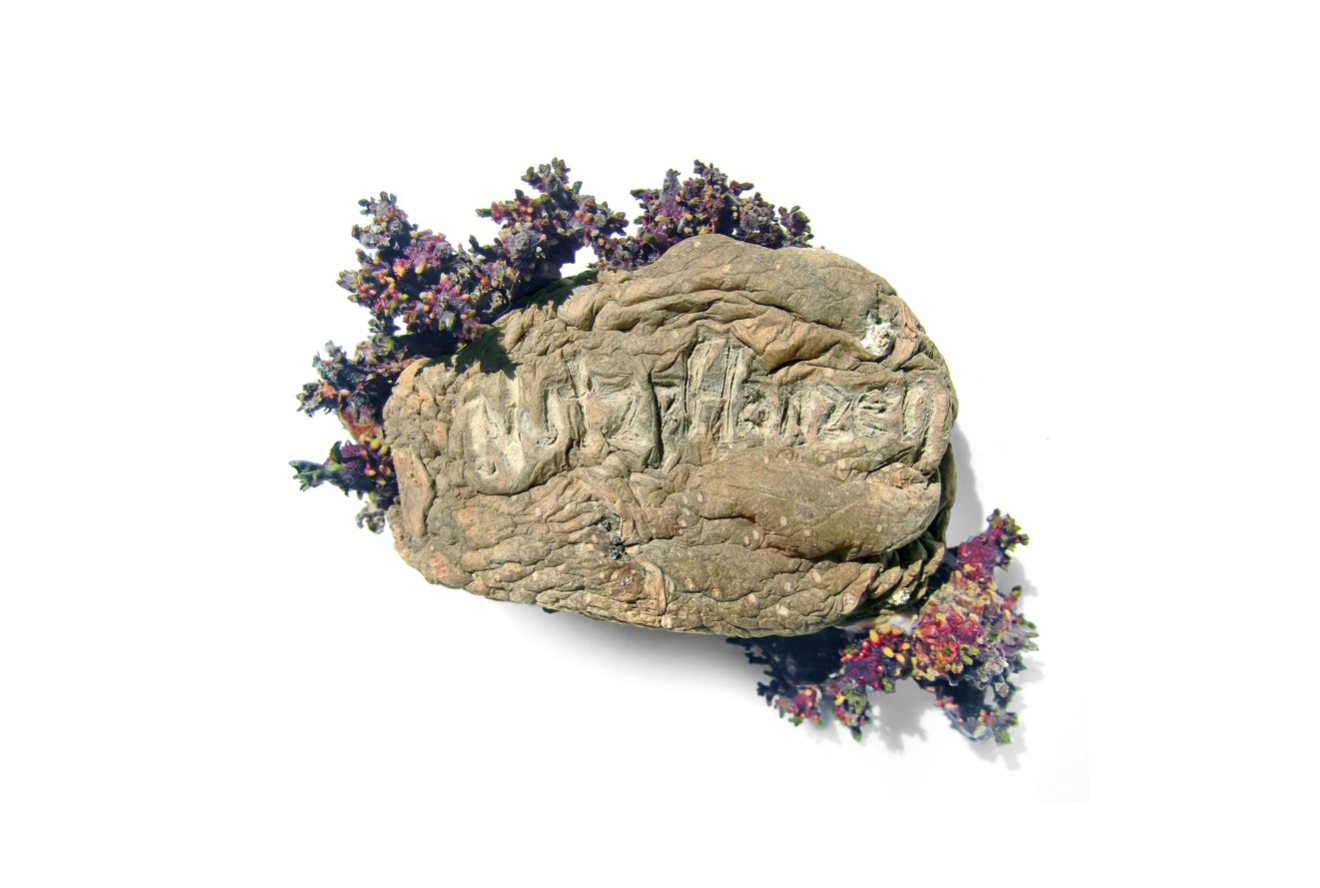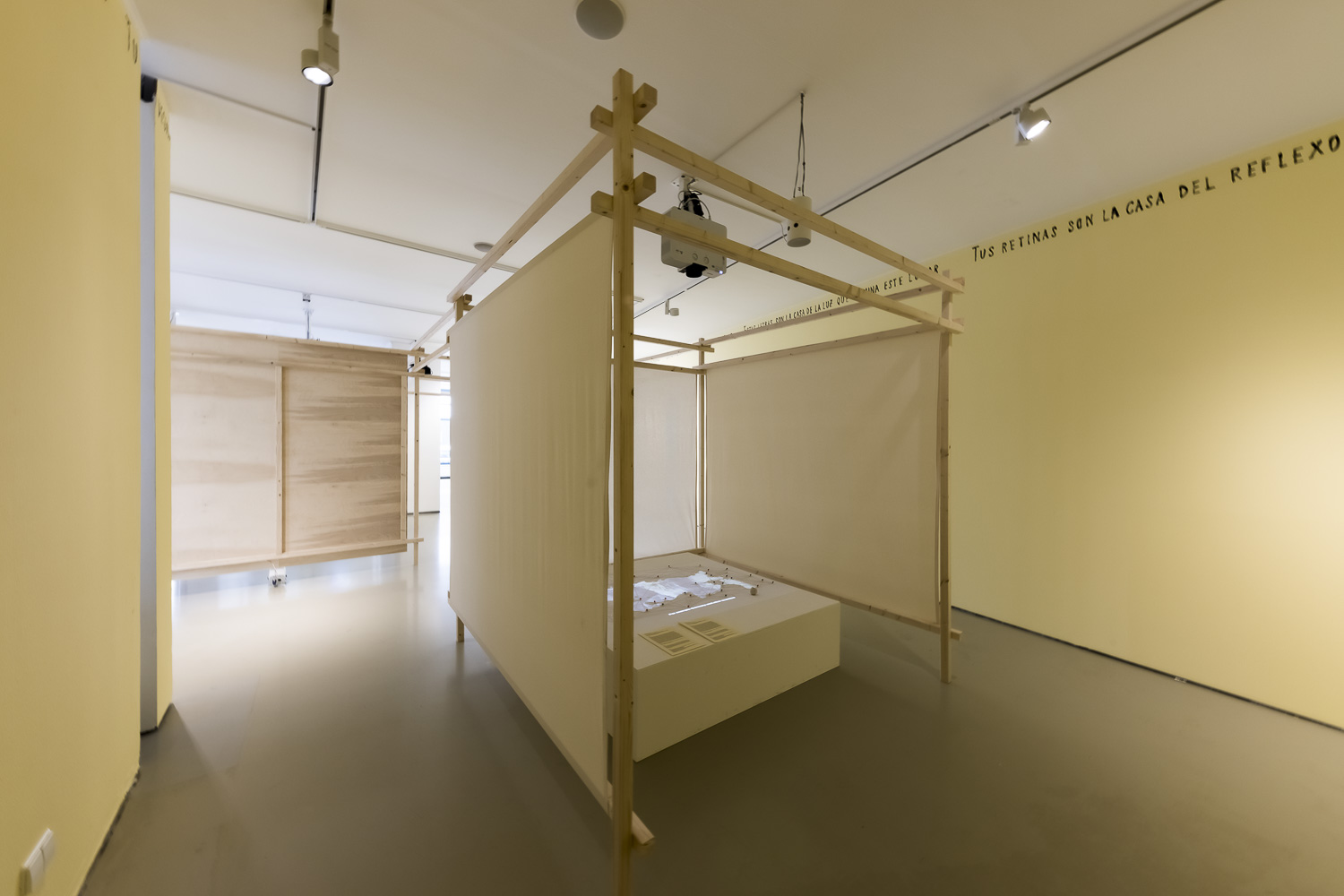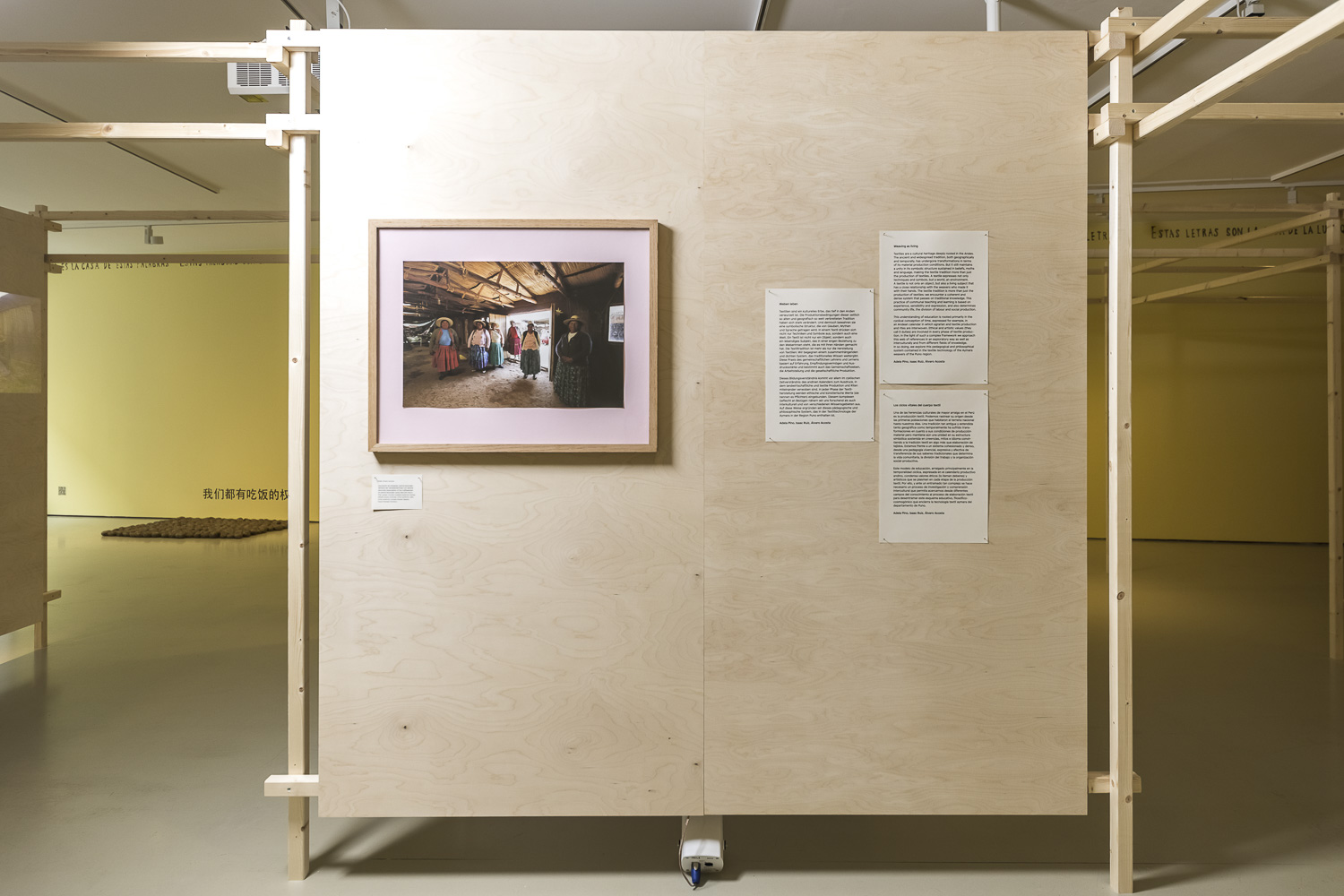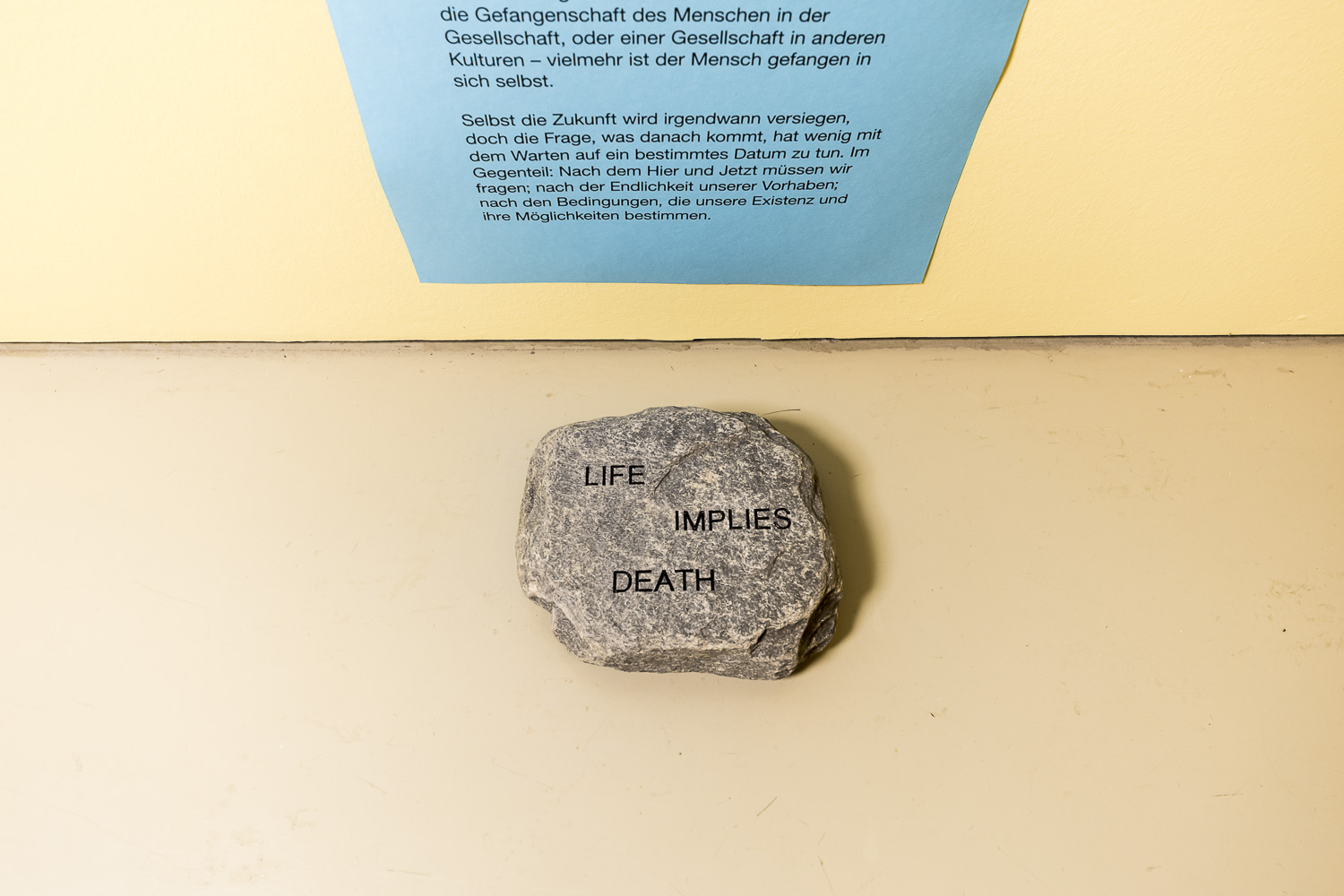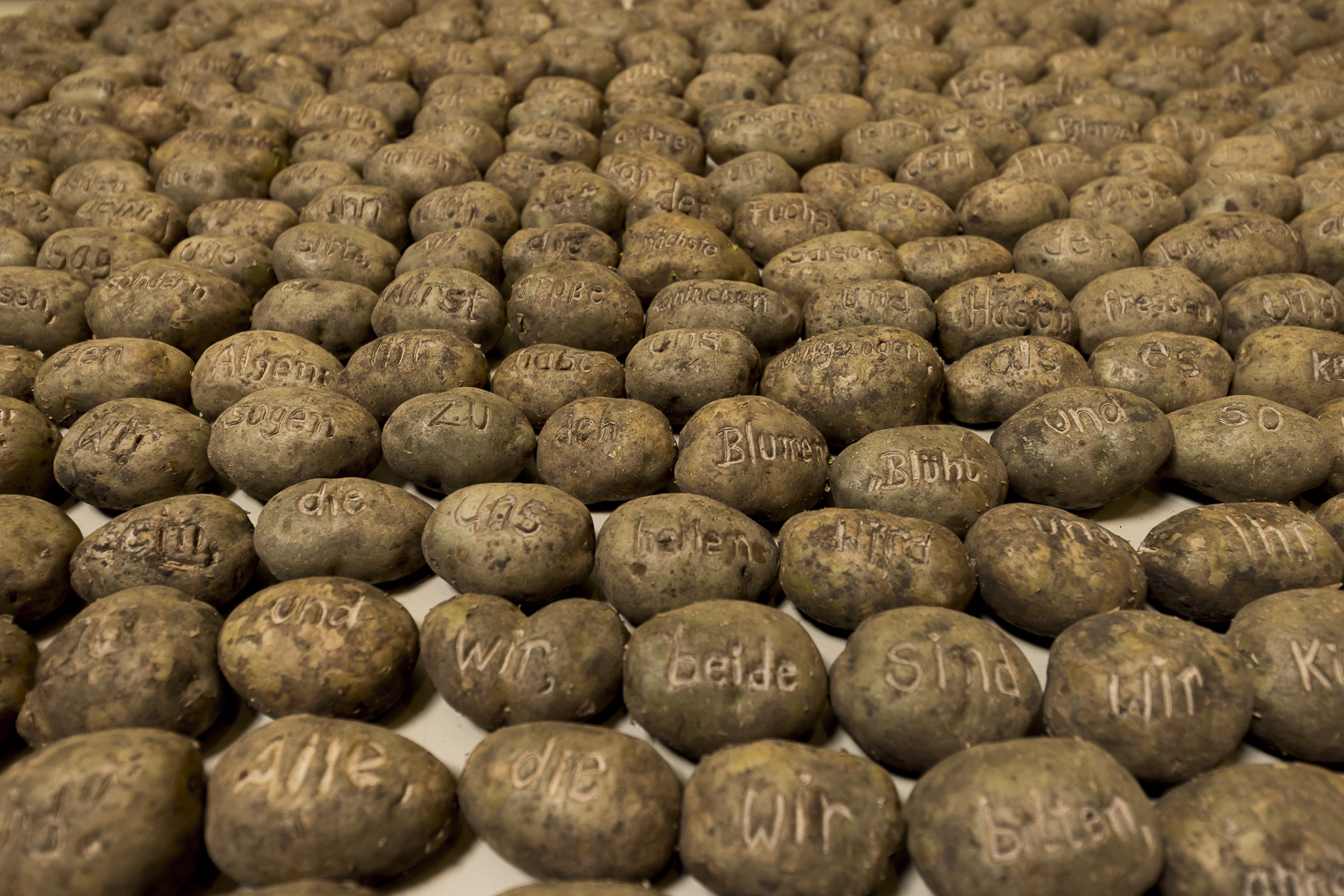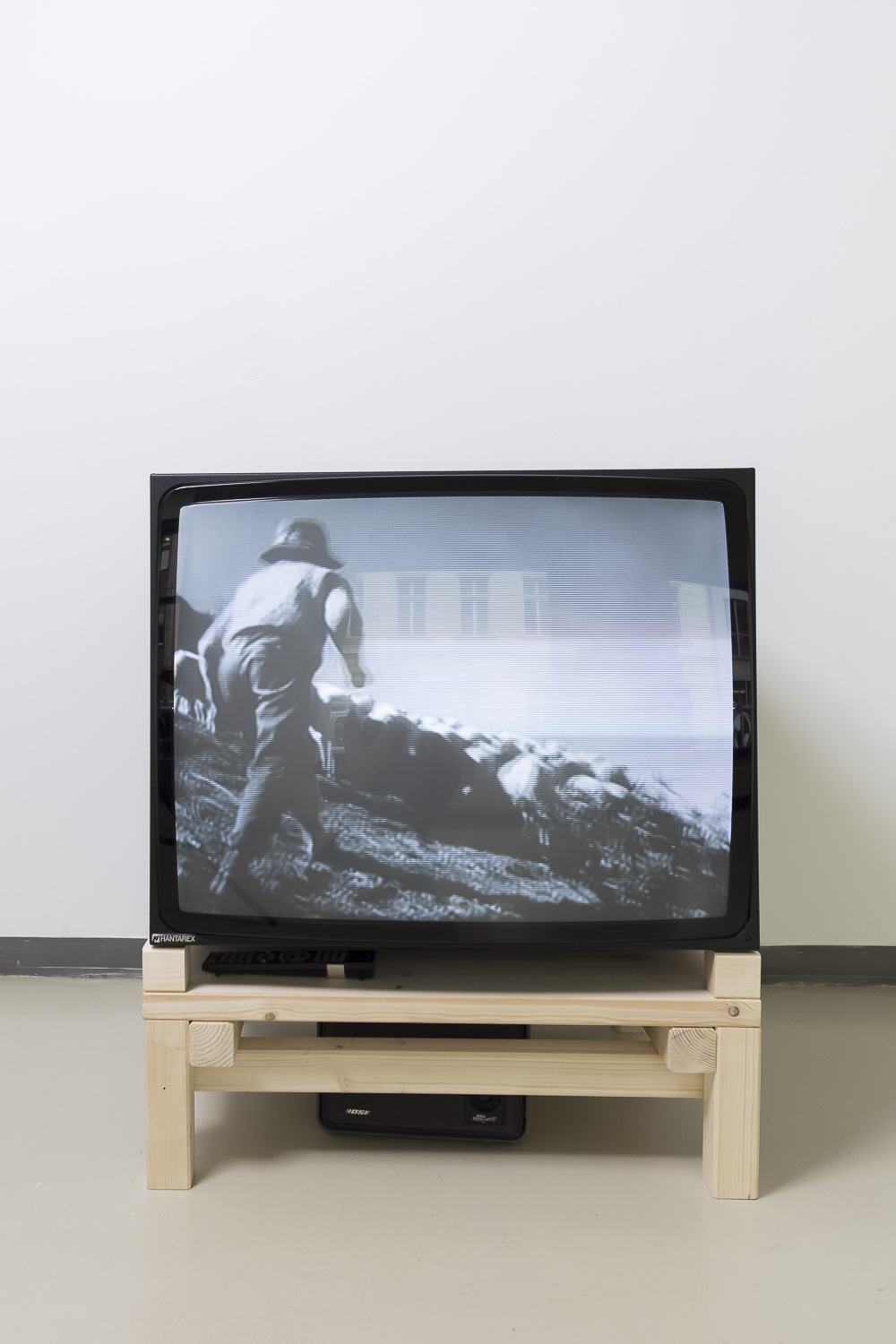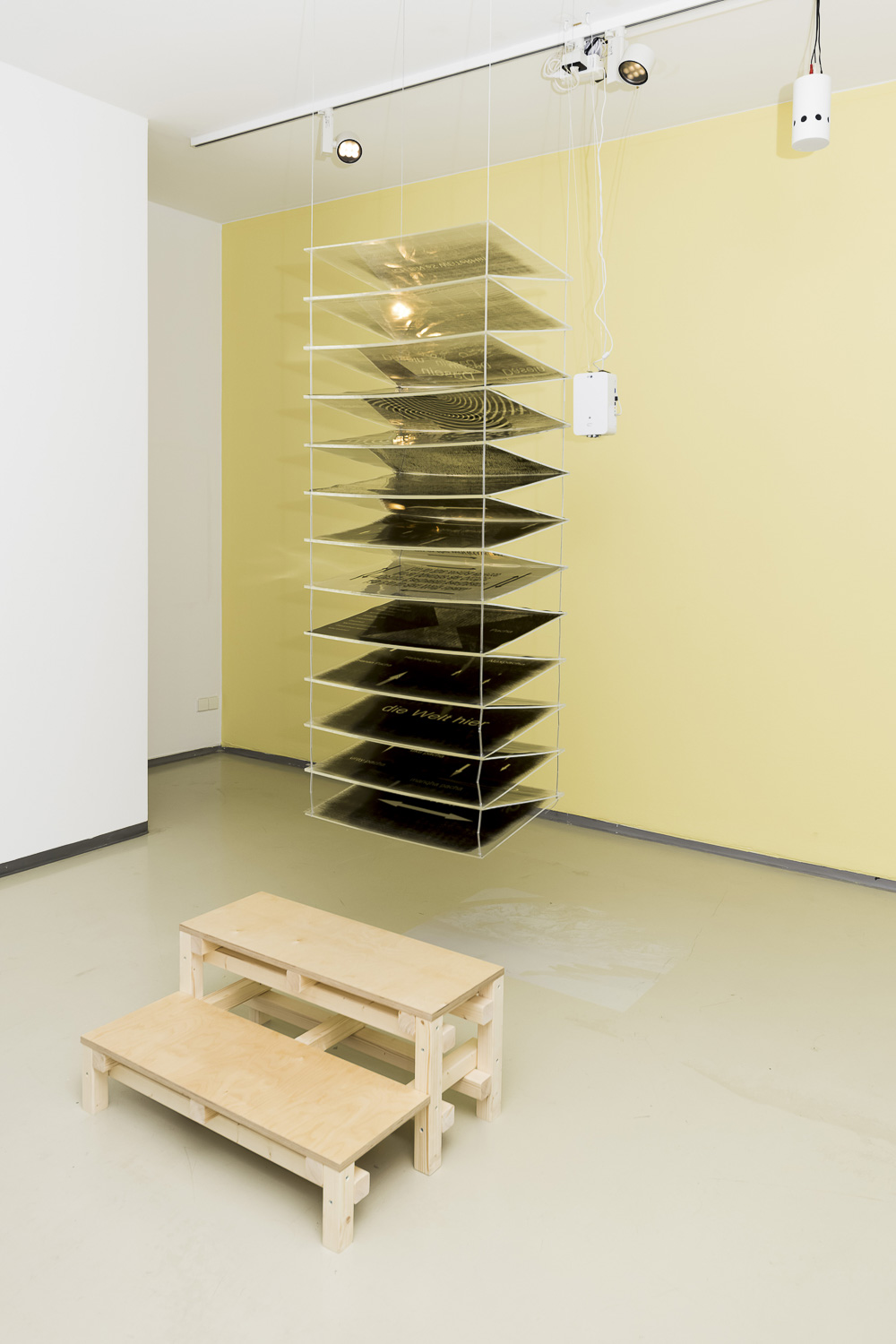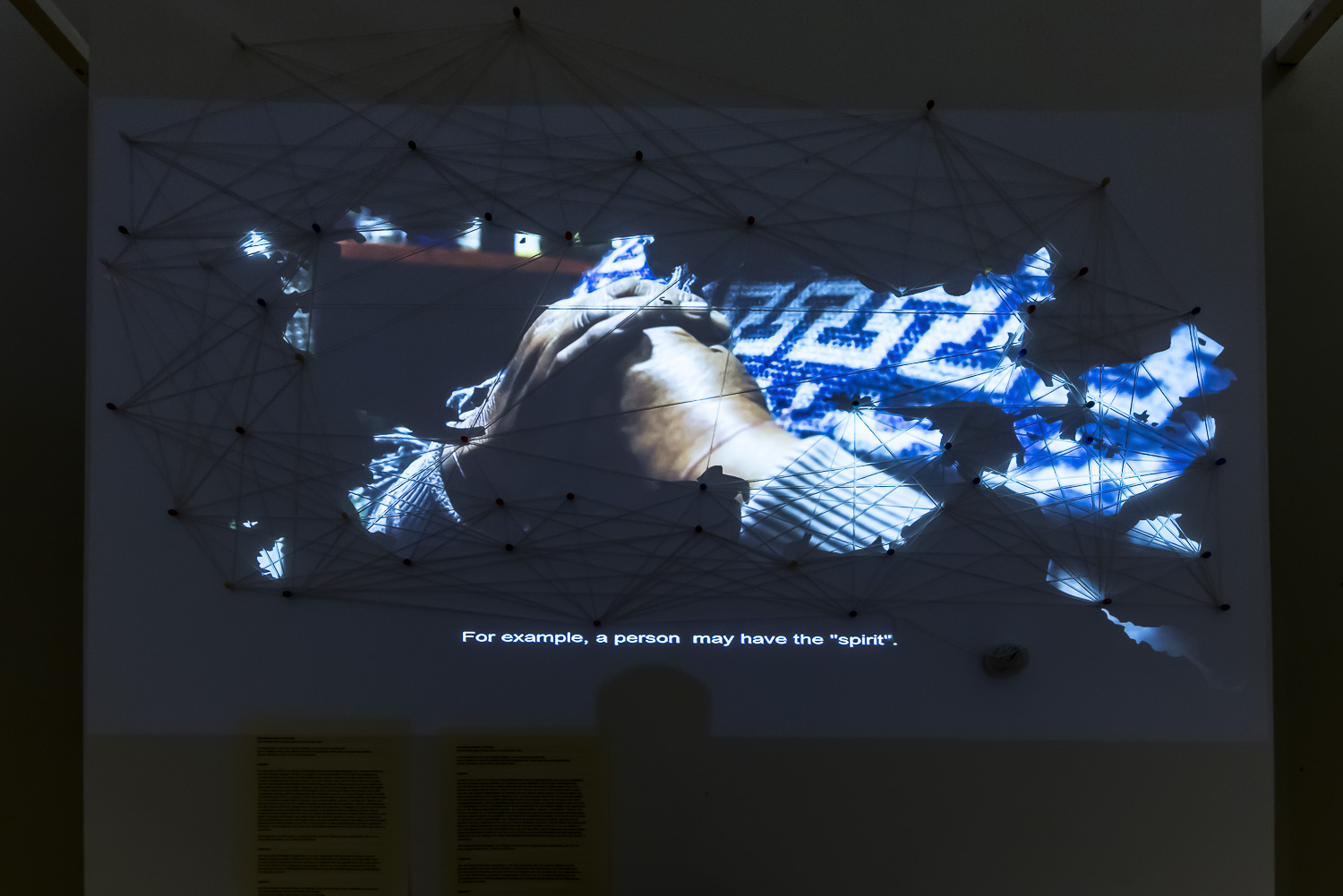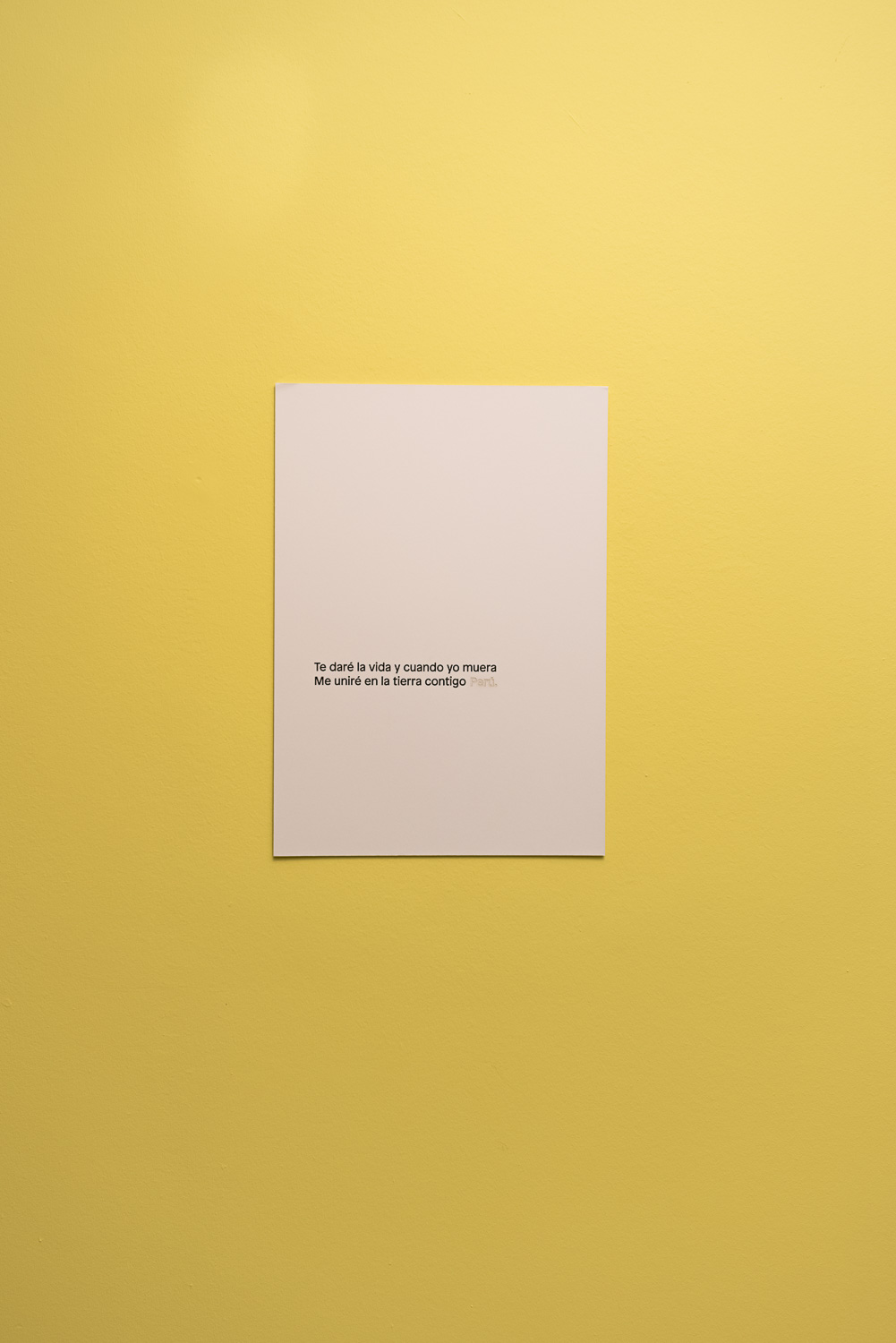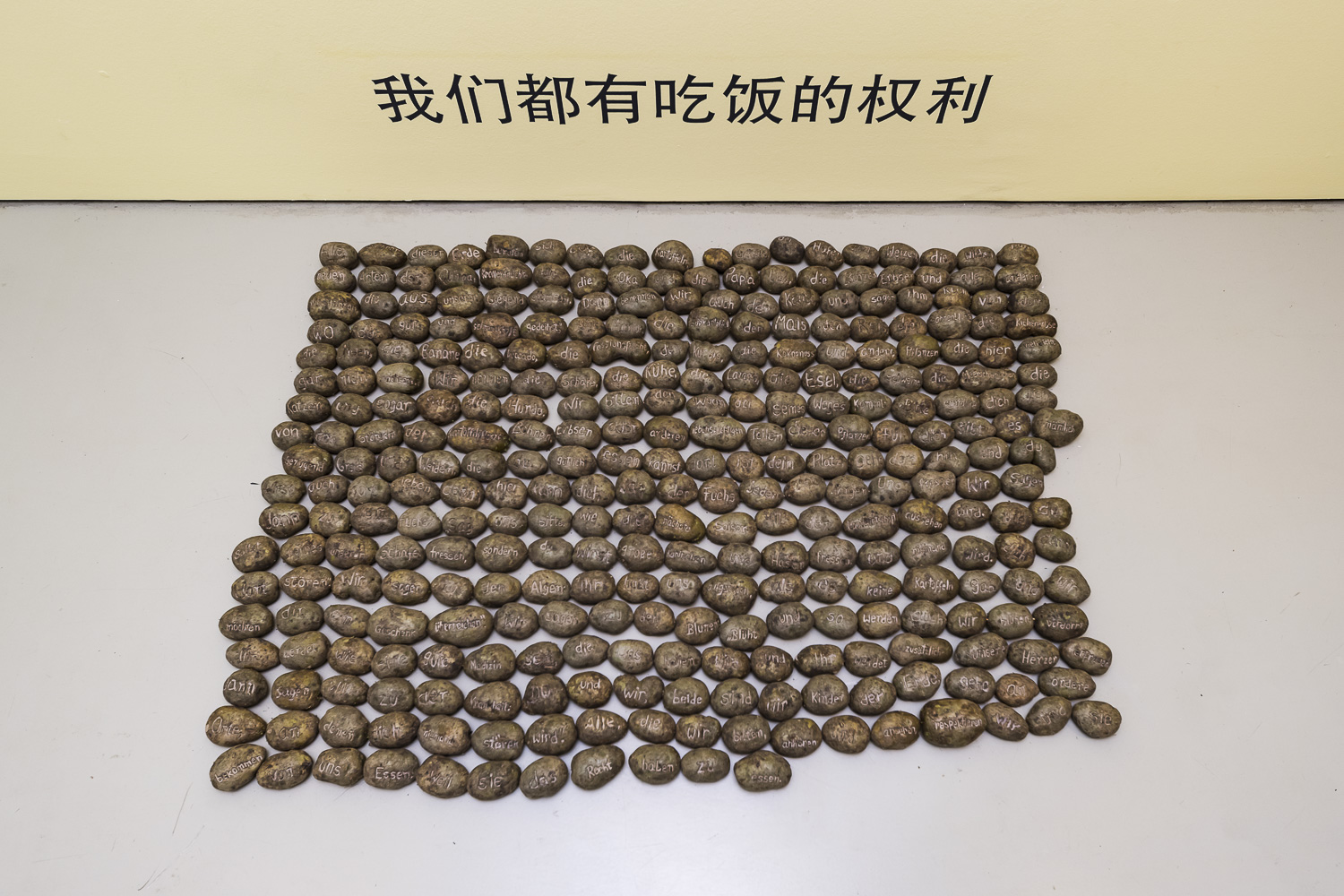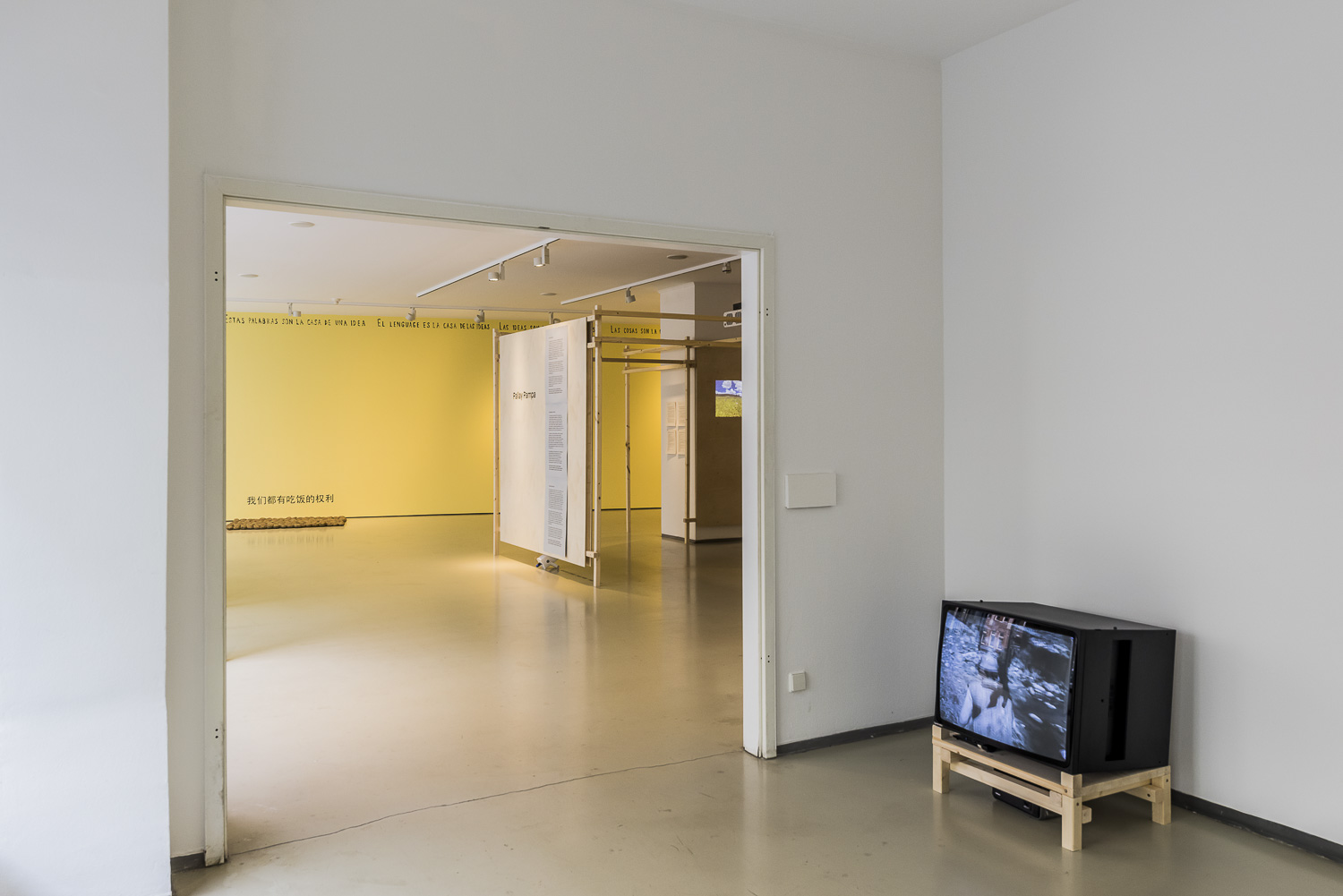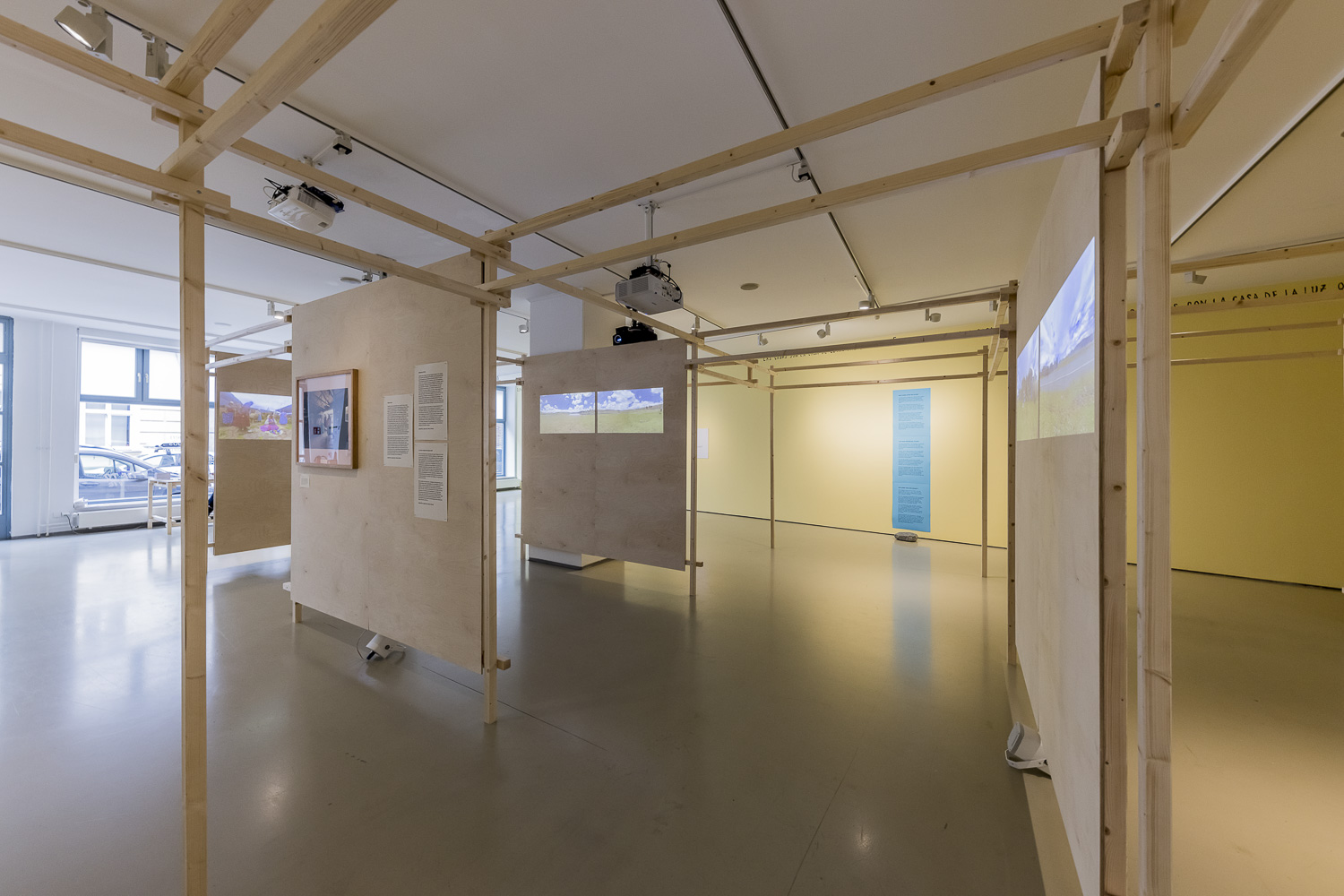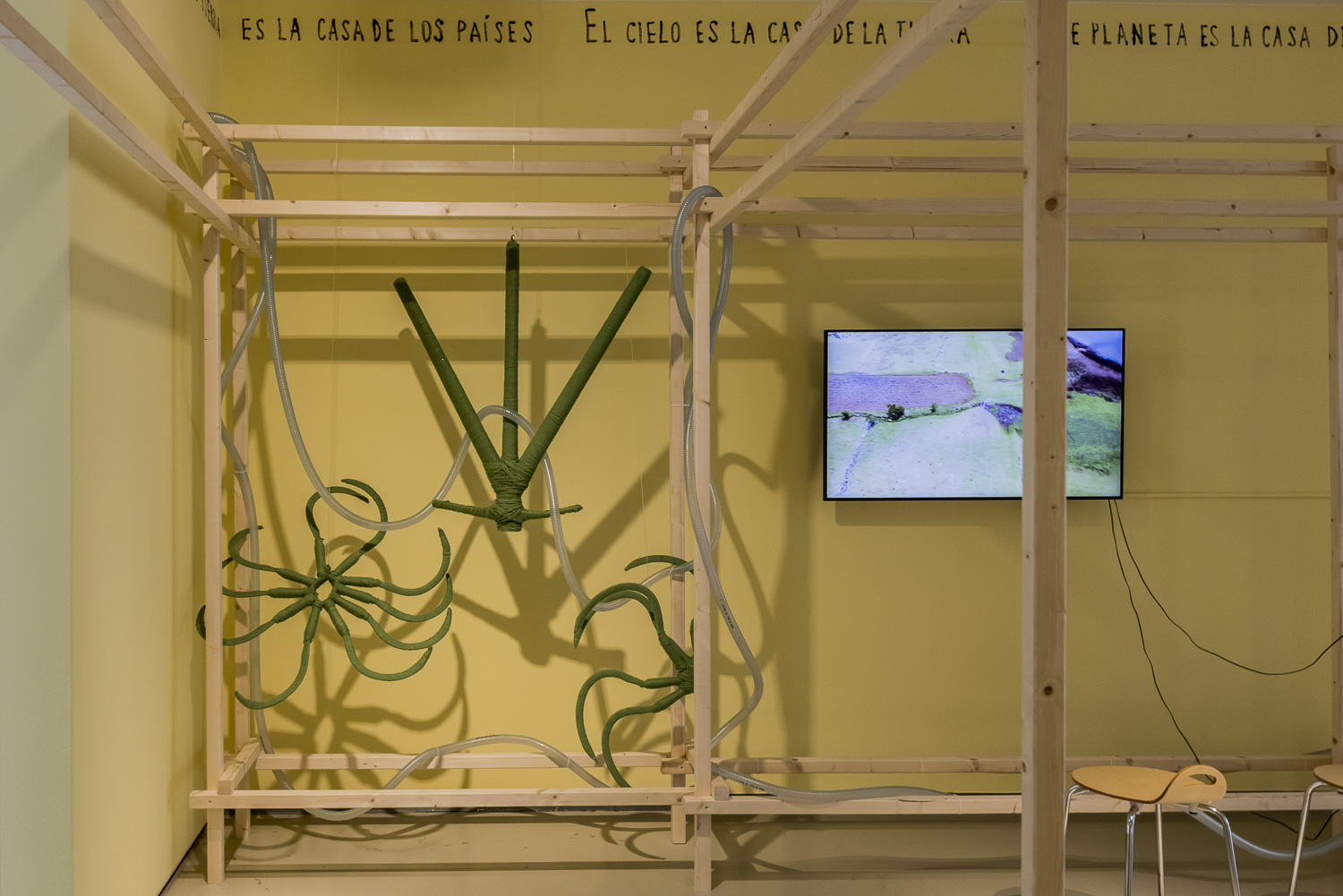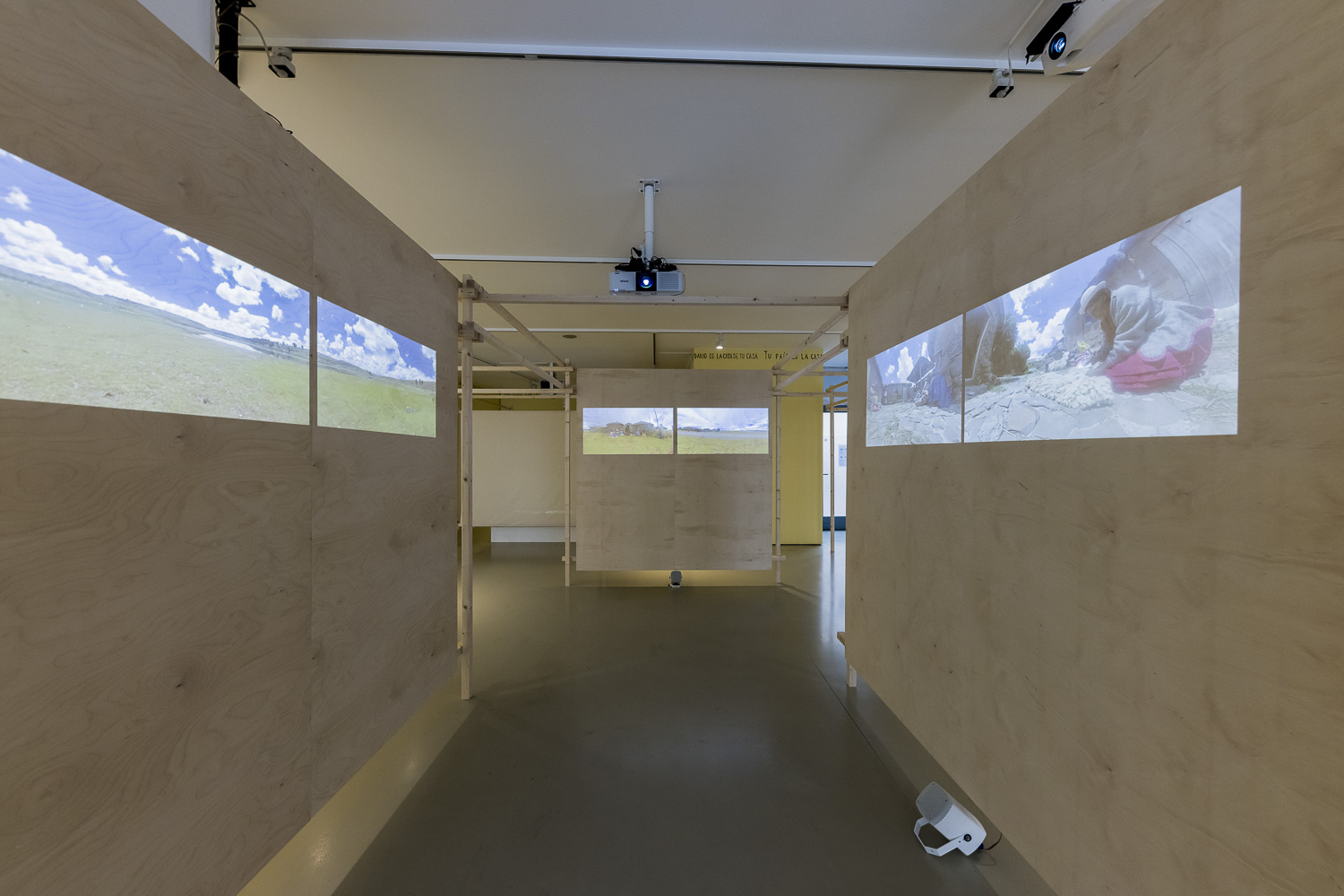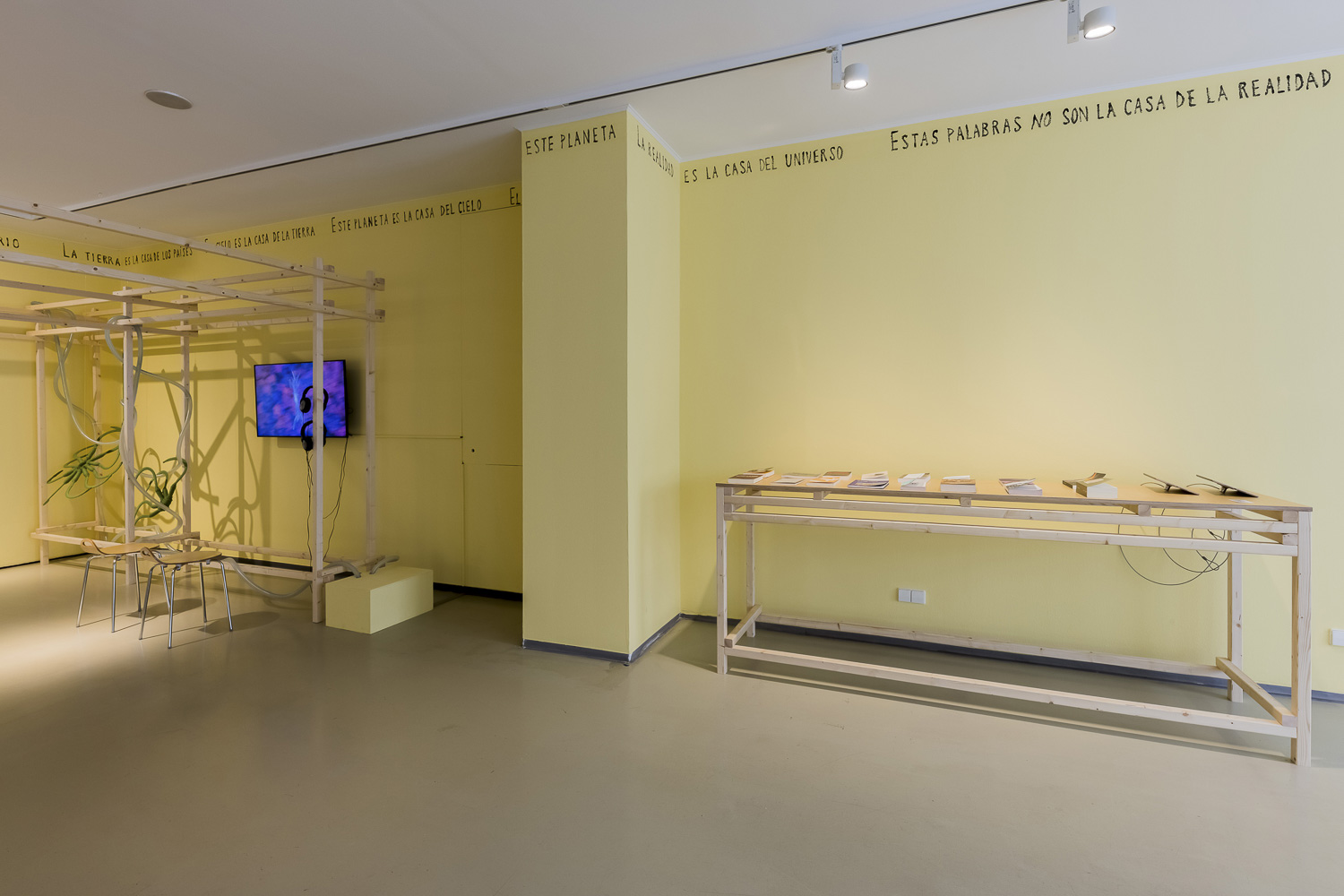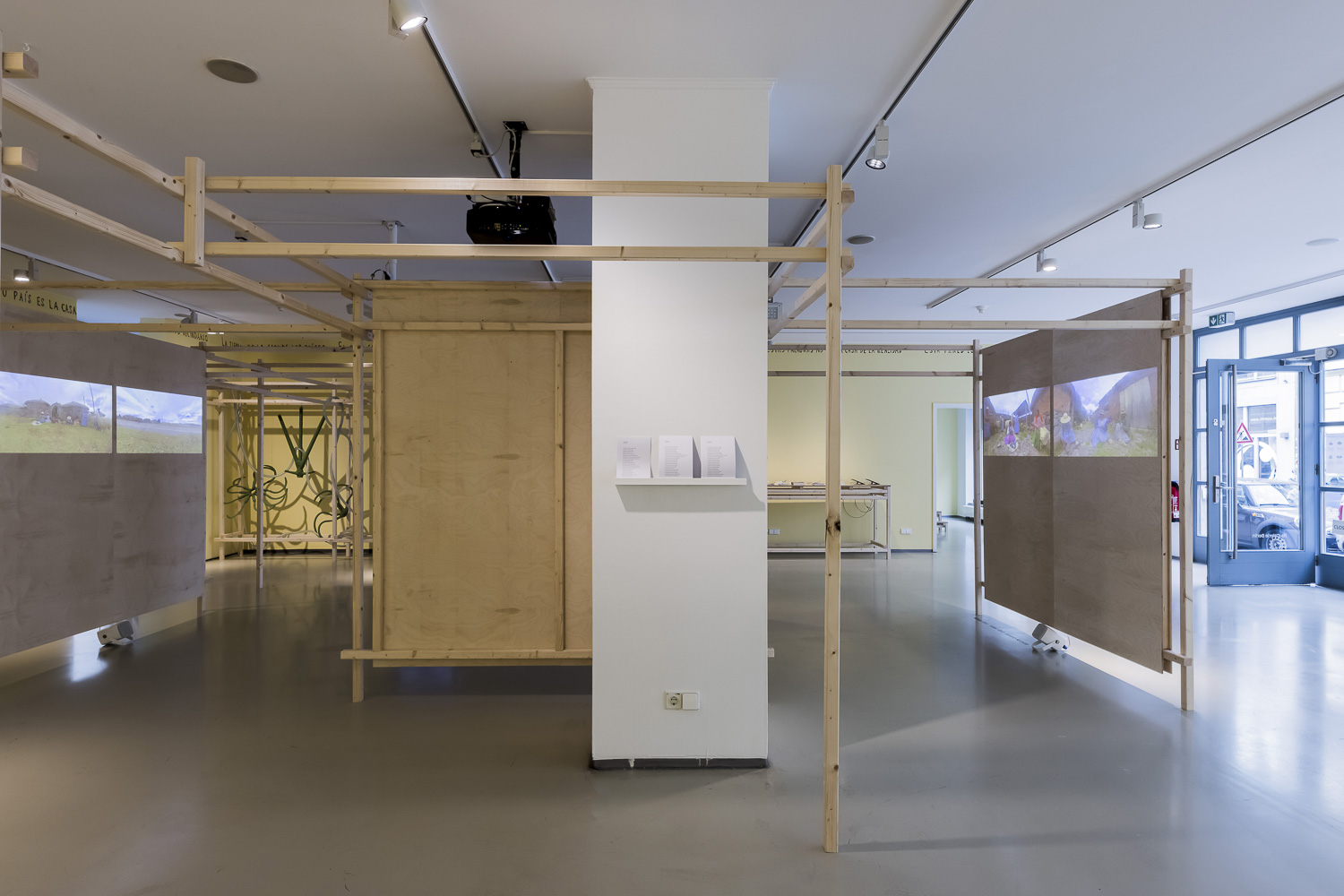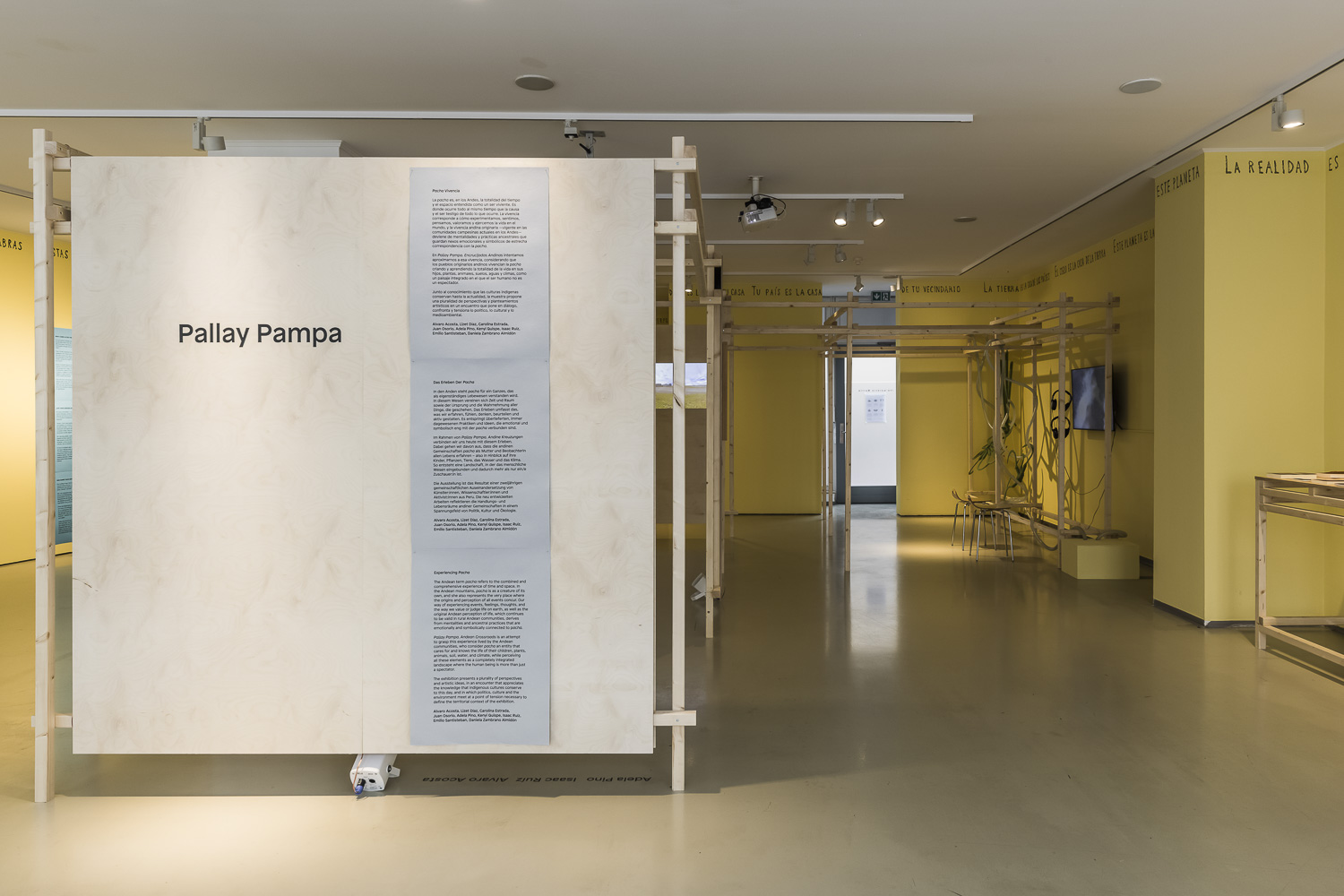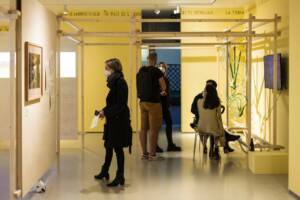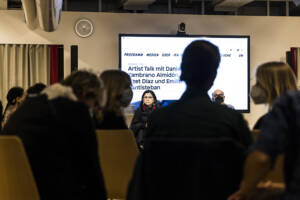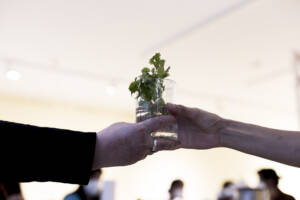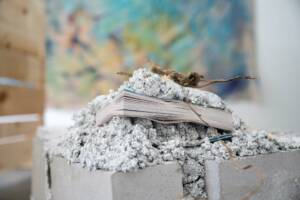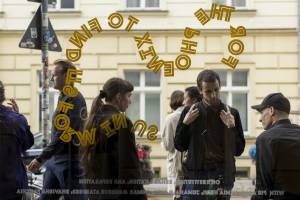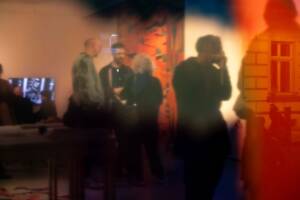With Carolina Estrada, Juan Osorio, Adela Pino/Isaac Ruíz/Álvaro Acosta, Kenyi Quispe, Emilio Santisteban and Daniela Zambrano Almidón
Curated by Lizet Díaz
Pallay Pampa is a Quechua term which describes the distribution of patterns on Andean textiles: the area of weave called Pallay symbolises what is said, while the area called Pampa symbolises what is yet to be said. In this exhibition, Pallay corresponds to tradition and the idea of learning through textiles, while Pampa represents future discourse and the freedom to take risks. Pallay Pampa. Andean Crossroads understands knowledge as something only partly given and still open to experiment and reflection.
The Andean communities of Peru conserve ancestral methods of production and a relationship with the environment based on their traditional cosmovision, that is, the way in which the Andean mentality understands the world. The economy, nature and biodiversity are seen as interacting in equilibrium, with deep emotional and symbolic connections to the earth, which Andeans understand as a mother (Pachamama) deserving respect, care and gratitude. In this vision of the world, a farmer does not only tend to his or her children and animals, but to the land, the water and all the fruits of the earth. Ownership is based on a care towards what is cultivated.
Pallay Pampa. Andean Crossroads gathers a group of artists, activists and researchers to reflect critically on the contribution by Andean communities given the impact of globalisation and the colonisation of cultural identities on the preservation of life in the world. The commissioned works encompass ideas about community cooperation, teaching and nature.
In her installation, artist Carolina Estrada proposes a design system that takes into account how we can work with nature in co-existence and sustainable co-creation between ecosystem and individual. She documents the ancient practice, led by women in the community of Quispillacta, in the Department of Ayacucho, of harvesting water (qocha), through the use of natural water reservoirs and wetland areas called ‘bofedales’.
The artist and playwright Juan Osorio addresses the temporal spatial multidimensionality of Andean thought, using texts by the Peruvian intellectuals José María Arguedas and Gamaniel Churata, leading promoters of indigenous culture. His multi-sensorial installation includes these poems, concepts and plural perspectives.
In his text-based conceptual work, the artist Kenyi Quispe explores and experiments with the possibilities and limits of what we tend to consider the very origin of modernity, universal freedom and equality, in pursuit of which different cultures, though permanently approaching one another, never reach a meeting point.
The interdisciplinary artist Emilio Santisteban presents a powerful geopolitical exchange between nature and logos, inscribing on a potato — object of global cultivation and industry — Andean ideas about the ecosystem and food, amid intractable arguments about identity and models of thought.
Artist Daniela Zambrano Almidón highlights the important connection between traditional rituals and contemporary urban life, through a dialogue with the Aymara shaman Apu Qullana Malku. Her video Suma Quamaña. Good Living in the city brings us closer to the ceremonies of learning and wisdom contained in the concept of Suma Quamaña, or ‘Good Living’.
In their collaborative video essay, art historian and educator Adela Pino explores how the model of teaching and learning in traditional Andean textile technology is governed by an agro-festival ritual calendar. Based on this hypothesis, artist and -anthropologist Isaac Ruiz offers a moving documentary look at textiles as a form of community learning connected to the landscape. Photographer and activist Álvaro Acosta accompanies and documents this process as validation.
Pallay Pampa. Andean Crossroads, presents a plurality of perspectives and artistic ideas, in an encounter that looks both towards and out from the Andes, and in which politics, culture and the environment meet at a point of tension necessary to define the territorial context of the exhibition. A place for human-nature co-authorship, which will also become a place for the appreciation of the intangible heritage that indigenous cultures conserve to this day.
Opening hours during Berlin Art Week
Wed 15. 09., 14.00—22.00
Thu—Sun 16.—19. 09., 14.00—21.00
Guided tours with the artist Karen Michelsen Castañón
— jeden Donnerstag um 17.00 auf Deutsch
— every Thursday at 18.00 in English
— todos los Jueves a las 19.00 en Español
For groups of 5 people or more, we also offer free guided tours outside opening hours.
Please contact us via mail ifa-galerie-berlin@ifa.de

